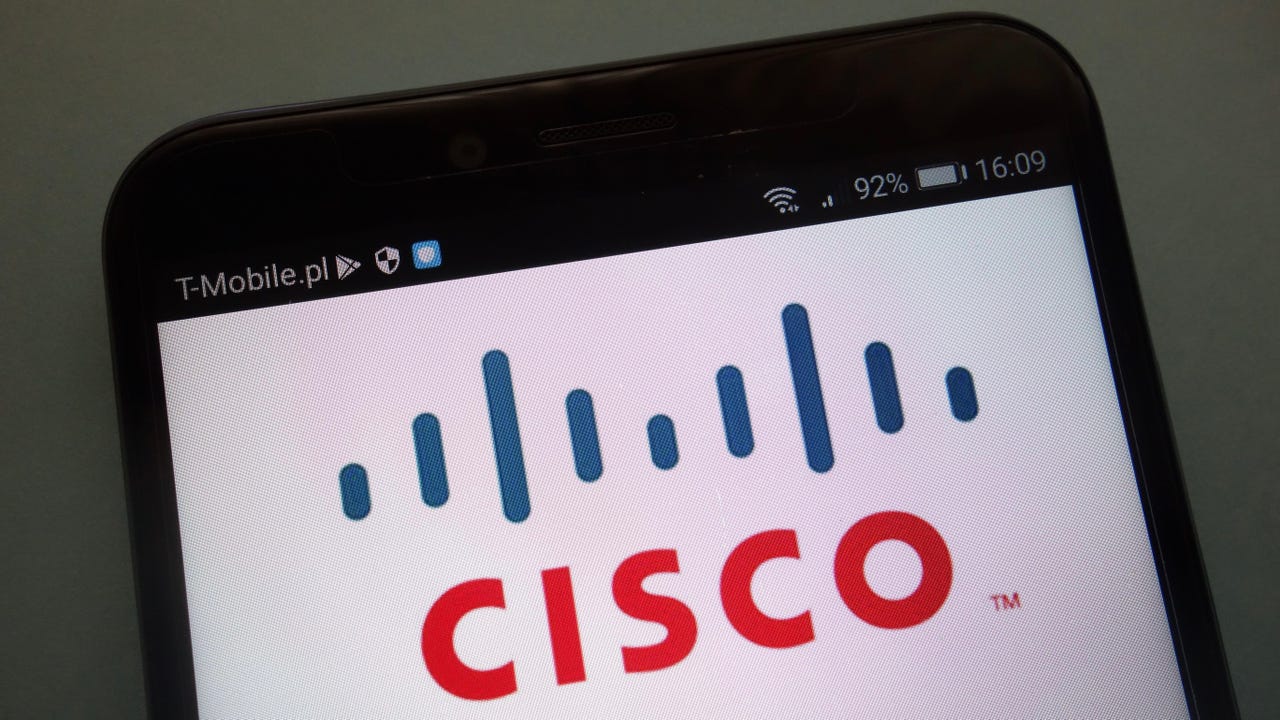BADBOX 2.0 Infected Over 1 Million Android Devices Worldwide
A sophisticated new variant of the BADBOX malware has successfully compromised over one million Android devices across multiple continents, representing one of the most significant mobile security breaches of 2025. This advanced persistent threat demonstrates enhanced evasion capabilities and has managed to infiltrate devices through compromised firmware installations, legitimate app stores, and sophisticated social engineering […] The post BADBOX 2.0 Infected Over 1 Million Android Devices Worldwide appeared first on Cyber Security News.

A sophisticated new variant of the BADBOX malware has successfully compromised over one million Android devices across multiple continents, representing one of the most significant mobile security breaches of 2025.
This advanced persistent threat demonstrates enhanced evasion capabilities and has managed to infiltrate devices through compromised firmware installations, legitimate app stores, and sophisticated social engineering campaigns targeting both individual users and enterprise environments.
The BADBOX 2.0 malware campaign first emerged in early 2025, building upon the foundation of its predecessor while incorporating significantly more advanced techniques for device compromise and data exfiltration.
Unlike traditional Android malware that relies primarily on user interaction or known vulnerabilities, BADBOX 2.0 operates through a multi-vector approach that includes supply chain attacks, compromised applications, and direct firmware modifications.
The malware has been detected across 47 countries, with the highest concentration of infections reported in Southeast Asia, Eastern Europe, and parts of South America.
The financial and privacy implications of this breach are staggering, with preliminary estimates suggesting that affected users have lost access to banking credentials, personal communications, and sensitive corporate data.
The malware specifically targets financial applications, cryptocurrency wallets, and enterprise messaging platforms, making it particularly dangerous for business users who store sensitive information on their mobile devices.
Security researchers have identified that the average infected device experiences data exfiltration rates of approximately 2.3 gigabytes per month, indicating sustained and systematic information theft.
Human Security analysts and researchers noted that BADBOX 2.0 represents a significant evolutionary leap from previous Android malware families, incorporating machine learning algorithms to adapt its behavior based on device usage patterns and security software presence.
.webp)
The malware’s ability to remain dormant for extended periods while conducting reconnaissance activities has made detection particularly challenging for traditional antivirus solutions.
Researchers have also identified that the malware maintains encrypted communication channels with command and control servers hosted across multiple jurisdictions, making takedown efforts significantly more complex.
.webp)
The economic impact extends beyond individual users, with several multinational corporations reporting compromised employee devices that potentially exposed internal networks and confidential business information.
Initial damage assessments suggest losses exceeding $180 million globally, with the majority attributed to unauthorized financial transactions and intellectual property theft.
The malware’s sophisticated targeting algorithms appear to prioritize high-value individuals and organizations, suggesting a coordinated effort by experienced cybercriminal organizations.
Advanced Persistence and Root-Level Integration
The most concerning aspect of BADBOX 2.0 lies in its sophisticated persistence mechanisms that allow it to survive factory resets and system updates.
.webp)
The malware achieves this through a multi-layered approach that begins with exploiting previously unknown vulnerabilities in Android’s bootloader verification process.
Once initial access is obtained, BADBOX 2.0 installs itself as a system-level service that masquerades as legitimate Android framework components.
The malware’s persistence strategy involves modifying critical system partitions and injecting malicious code into essential Android services.
Research analysis has revealed that BADBOX 2.0 creates backup copies of itself across multiple system directories, ensuring that even if one installation is detected and removed, alternative instances can reactivate the full payload.
The malware also implements a sophisticated watchdog system that monitors for security software installation and can temporarily disable its activities to avoid detection during security scans.
Speed up and enrich threat investigations with Threat Intelligence Lookup! -> 50 trial search requests
The post BADBOX 2.0 Infected Over 1 Million Android Devices Worldwide appeared first on Cyber Security News.




























































_.png)
















































































































![[The AI Show Episode 151]: Anthropic CEO: AI Will Destroy 50% of Entry-Level Jobs, Veo 3’s Scary Lifelike Videos, Meta Aims to Fully Automate Ads & Perplexity’s Burning Cash](https://www.marketingaiinstitute.com/hubfs/ep%20151%20cover.png)





























































































































![From electrical engineering student to CTO with Hitesh Choudhary [Podcast #175]](https://cdn.hashnode.com/res/hashnode/image/upload/v1749158756824/3996a2ad-53e5-4a8f-ab97-2c77a6f66ba3.png?#)








































































































































_sleepyfellow_Alamy.jpg?width=1280&auto=webp&quality=80&disable=upscale#)
















































































































![watchOS 26 May Bring Third-Party Widgets to Control Center [Report]](https://www.iclarified.com/images/news/97520/97520/97520-640.jpg)

![AirPods Pro 2 On Sale for $169 — Save $80! [Deal]](https://www.iclarified.com/images/news/97526/97526/97526-640.jpg)
![Apple Shares Official Trailer for 'The Wild Ones' [Video]](https://www.iclarified.com/images/news/97515/97515/97515-640.jpg)

































































.webp?#)


